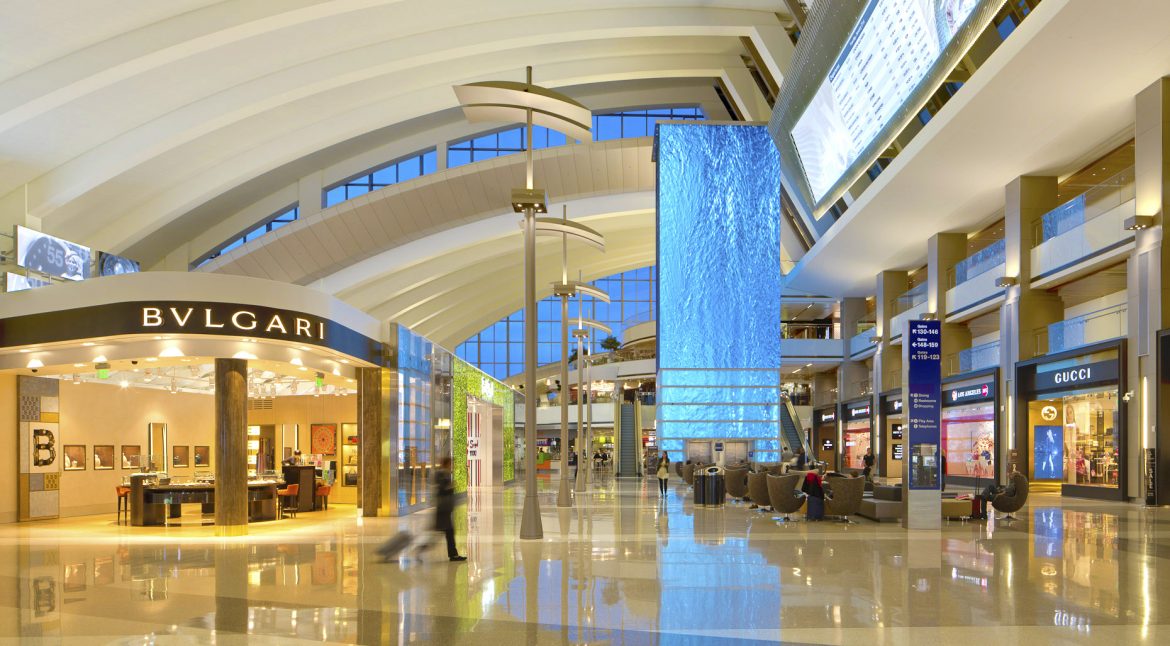Powder coating has emerged as a highly effective and versatile method for safeguarding architectural surfaces against the numerous challenges posed by the environment. Its ability to provide exceptional protection against corrosion, UV radiation, and general wear and tear has made it a preferred choice in the architectural industry. This article delves into the technical aspects of how powder coating acts as a formidable shield, shielding architecture from the detrimental effects of various external factors. By exploring the key features and benefits of this coating technique, we shed light on how it not only enhances the aesthetic appeal but also extends the lifespan of architectural structures.
Table of Contents
- The Benefits of Powder Coating for Architectural Structures
- Powder Coating: A Durable and Long-lasting Protection
- Enhancing Aesthetics and Environmental Sustainability with Powder Coating
- Expert Tips for Effective Powder Coating in Architectural Applications
- Q&A
- To Conclude
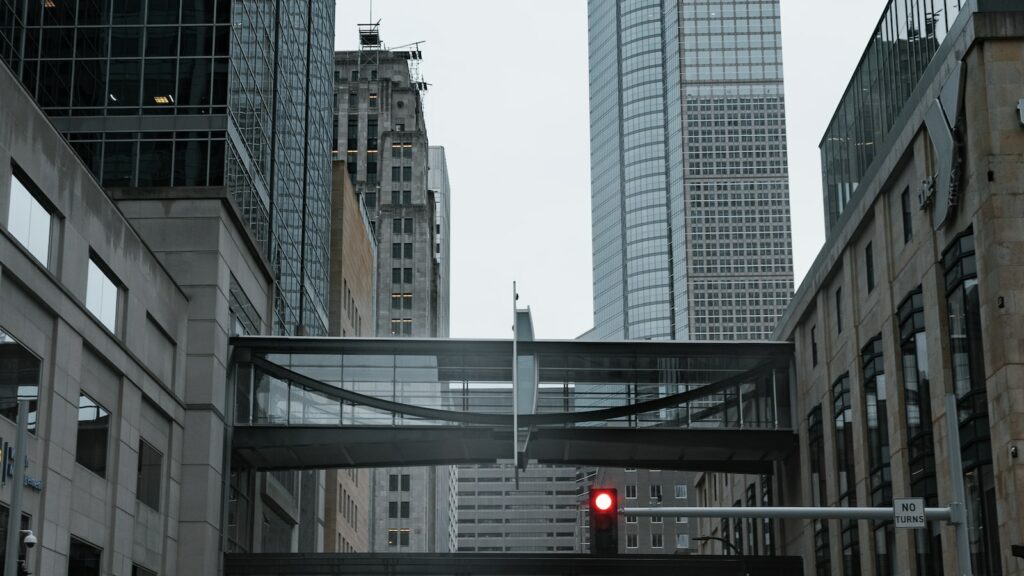
The Benefits of Powder Coating for Architectural Structures
Powder coating has become an increasingly popular choice for protecting and enhancing architectural structures. This advanced coating technique offers numerous benefits that make it stand out from other traditional methods. Here are some key advantages:
- Superior Durability: Powder coating provides exceptional resistance to scratches, chipping, and fading, ensuring long-lasting protection for architectural structures, even in harsh outdoor environments.
- Wide Range of Colors and Finishes: With powder coating, architects and designers have endless possibilities for customization. A vast array of colors, textures, and finishes are available, enabling them to achieve the desired aesthetic appearance for any project.
- Environmentally Friendly: Unlike conventional liquid paint, powder coating is solvent-free and emits almost zero volatile organic compounds (VOCs). This not only reduces the environmental impact but also ensures a healthier working environment for those involved in the construction process.
- Efficient Application: The powder coating process is highly efficient, with minimal waste as overspray can be reused. It also offers excellent coverage with a single application, reducing labor time and costs.
Whether it’s enhancing the façade of a commercial building, protecting structural components, or adding a decorative touch to a public space, powder coating offers immense benefits for architectural structures. Its exceptional durability, vast color options, environmental friendliness, and efficient application process make it a superior choice for architects and builders alike. By utilizing powder coating, you can ensure the longevity, aesthetics, and sustainability of any architectural project.
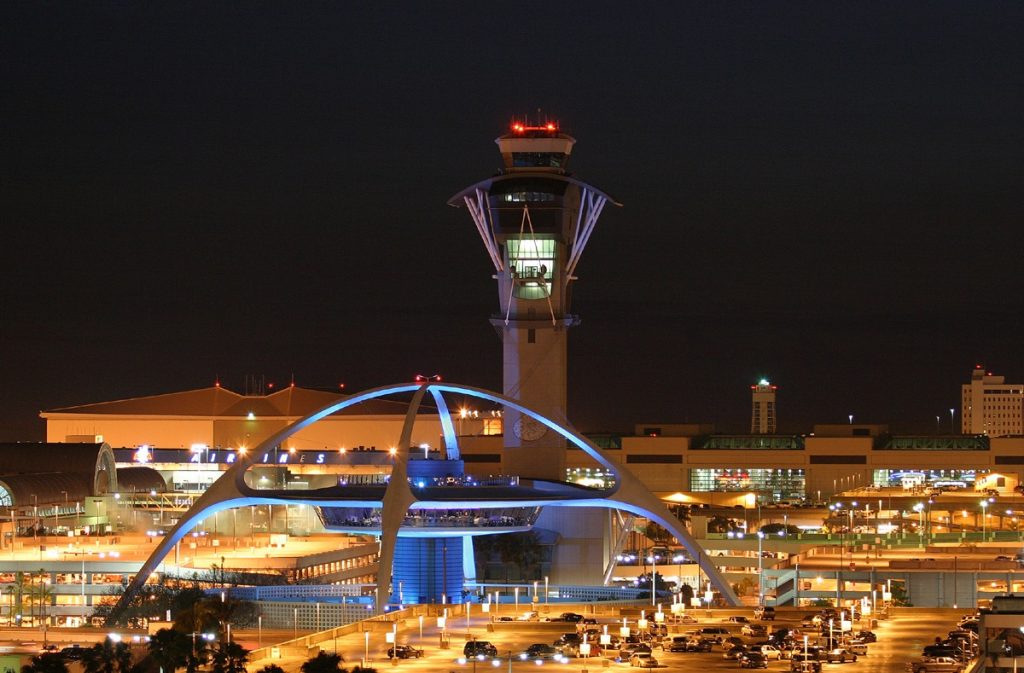
Powder Coating: A Durable and Long-lasting Protection
Powder coating is a highly effective method of applying a protective layer on various surfaces, providing unmatched durability and longevity. Unlike conventional liquid paint, powder coating is applied as a dry powder and then cured under heat to form a protective and resilient finish. This unique process results in a coating that is not only resistant to scratches, chips, and fading but also offers superior adhesion and corrosion protection. By choosing powder coating, you are investing in a reliable and long-lasting solution that will protect your surfaces for years to come.
The benefits of powder coating are numerous and cannot be overstated. One of the most significant advantages is its exceptional durability. The cured powder coating forms a tough and resilient layer that can withstand harsh conditions, making it ideal for both indoor and outdoor applications. Furthermore, powder coating is highly resistant to impacts and abrasions, ensuring that your surfaces maintain their pristine appearance over time.
- Resistance to scratches, chips, and fading
- Superior adhesion and corrosion protection
- Exceptional durability in various conditions
- High resistance to impacts and abrasions
Powder coating also offers excellent color retention, allowing your surfaces to maintain their vibrant and flawless look for extended periods. This long-lasting protection significantly reduces the need for frequent maintenance and touch-ups, saving you both time and money. Additionally, powder coating is an environmentally friendly option as it does not contain harmful solvents and releases virtually no volatile organic compounds (VOCs) into the atmosphere. It is a safe and sustainable solution that contributes to a greener future.
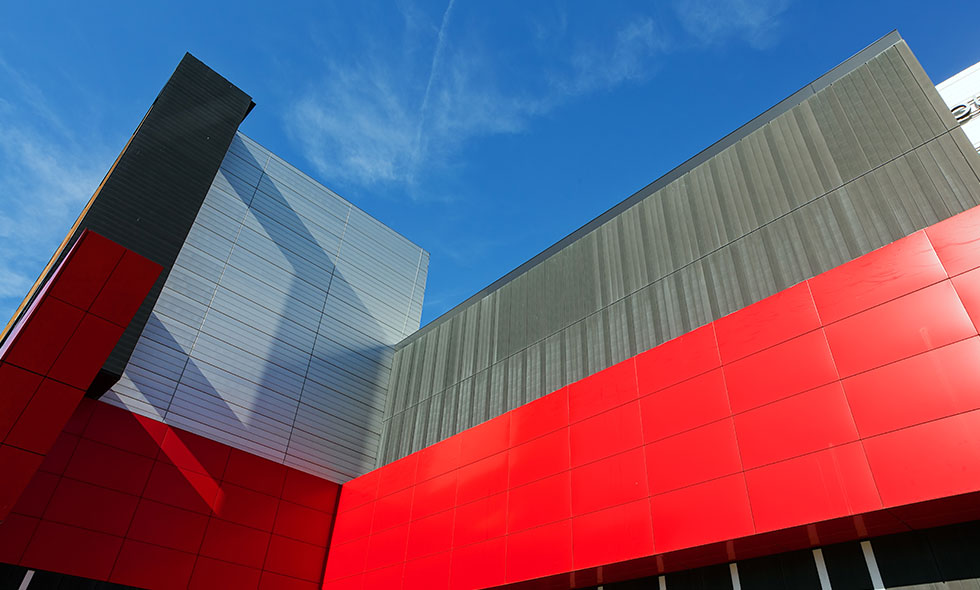
Enhancing Aesthetics and Environmental Sustainability with Powder Coating
Aesthetic appeal and environmental consciousness are not mutually exclusive when it comes to surface finishing. Powder coating presents a remarkable solution that seamlessly merges the desire for captivating aesthetics and the critical need for sustainable practices. This advanced technology offers a plethora of benefits that extend far beyond conventional paint applications, providing an unparalleled level of durability, efficiency, and visual brilliance.
1. Enhanced Durability: Powder coating boasts remarkable resistance to scratching, chipping, fading, and wearing. This enhances the longevity and appearance of coated surfaces, minimizing the need for frequent touch-ups and replacements. The robustness of this finish makes it ideal for a wide range of applications, including automotive parts, architectural cladding, outdoor furniture, and appliances.
2. Eco-friendly Solution: With an increasing global focus on sustainability, powder coating takes center stage as an environmentally responsible choice. Unlike traditional liquid paint, powder coating produces negligible amounts of volatile organic compounds (VOCs) and releases no hazardous air pollutants (HAPs). The unused powder can be easily collected, reused, or recycled, minimizing waste and reducing overall carbon footprint. This makes it an ideal option for companies and individuals aiming to reduce their environmental impact without compromising on aesthetics.
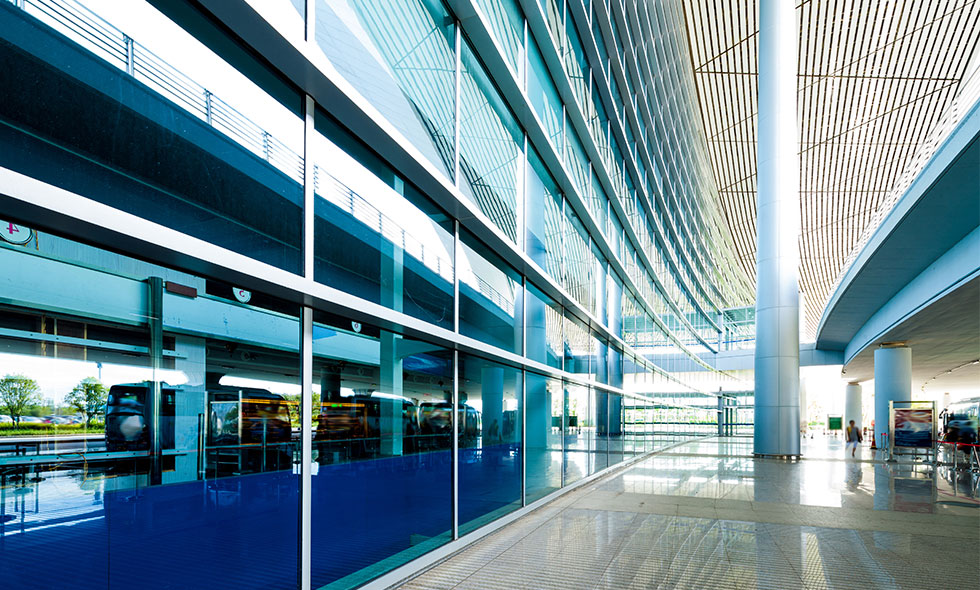
Expert Tips for Effective Powder Coating in Architectural Applications
When it comes to achieving a flawless and long-lasting finish in architectural applications, powder coating is the preferred choice. However, to ensure optimal results, it is essential to follow expert tips that can enhance the effectiveness of the powder coating process. Here are some invaluable recommendations for achieving outstanding outcomes:
- Surface Preparation: Before applying the powder coating, ensure that the surface is thoroughly cleaned and free from any contaminants. Use a combination of chemical cleaners and abrasive techniques, such as sandblasting, to remove dirt, rust, or old paint. This step guarantees proper adhesion and extends the durability of the coating.
- Select the Right Powder: The selection of the powder type is crucial in architectural applications. Consider the specific requirements of the project, such as weather resistance, UV stability, or special color effects. Consult with powder coating experts to choose the appropriate powder that suits the specific environmental conditions and aesthetic preferences.
Moreover, proper coating thickness plays a vital role in achieving the desired outcome. Follow the manufacturer’s recommendations to ensure the correct application of the powder coating. Remember, a thicker or thinner coating can result in inadequate protection or compromised visual appeal. Lastly, protect the coated surface from damage during installation or transportation to maintain the quality and appearance of the powder-coated architectural elements.
Q&A
Q: What is powder coating and how does it differ from other coating methods commonly used in architecture?
A: Powder coating is a dry finishing process that involves the application of a free-flowing, powdered paint onto a surface. Unlike conventional liquid coatings, powder coating does not require a solvent to keep the binder and filler parts in a liquid suspension. Instead, it relies on an electrostatic charge to attract the powder particles to the surface being coated.
Q: What types of materials can be powder coated in architectural applications?
A: Powder coating can be applied to a wide range of architectural materials, including steel, aluminum, galvanized steel, wrought iron, and various alloys. It is particularly effective on metals due to its durability, corrosion resistance, and ability to withstand harsh environmental conditions.
Q: How does powder coating protect architectural structures?
A: Powder coating offers exceptional protection to architectural structures due to its ability to form a robust, uniform and adhesive coating. It provides a barrier between the material and the environment, shielding it from factors such as UV radiation, moisture, chemicals, and physical impacts. This helps prevent corrosion, fading, chipping, and other forms of degradation, ultimately extending the life expectancy of architectural elements.
Q: Can you elaborate on the environmental benefits of powder coating in architecture?
A: Powder coating has significant environmental advantages over conventional liquid coating methods. As a dry finishing process, it produces negligible volatile organic compounds (VOCs) and targeted overspray can be reclaimed and reused, minimizing waste. Furthermore, due to its increased durability, powder-coated surfaces require less frequent maintenance and repainting, reducing the overall environmental impact.
Q: Are there any challenges or drawbacks associated with powder coating in architectural applications?
A: While powder coating offers many advantages, there are some limitations to consider. The size and geometry of the architectural elements can pose challenges, as intricate or hard-to-reach areas may require specialized equipment to ensure proper coating coverage. Additionally, color selection may be limited compared to liquid coatings, as certain metallic or special effects may be more challenging to achieve with powder.
Q: What is the typical lifespan of powder-coated architectural surfaces?
A: Powder-coated architectural elements are known for their durability and ability to endure harsh conditions. When applied and maintained correctly, powder coating can offer a lifespan of 15 to 20 years or more, depending on the level of exposure and environmental factors.
Q: How is powder coating applied to architectural surfaces?
A: Powder coating is typically applied using an electrostatic spray gun, which positively charges the powder particles. The charged powder is then sprayed onto the grounded architectural surface, creating an electrostatic attraction. After application, the coated surface is heated in an oven, where the powder particles melt and fuse together, forming a durable and uniform finish.
Q: Can powder-coated architectural surfaces be repaired or recoated?
A: Yes, if a powder-coated architectural surface becomes damaged or needs a new coating, it can be repaired or recoated. The damaged or worn-out areas can be stripped of the old coating, pre-treated, and recoated with fresh powder. This enables the restoration of the surface’s appearance and protection, extending its lifespan.
Q: Is powder coating cost-effective compared to other coating methods used in architecture?
A: Powder coating can be considered cost-effective in the long run due to its extended lifespan and reduced maintenance requirements. While the initial investment in powder coating equipment may be higher than conventional liquid coatings, the improved durability and decreased need for repainting or touch-ups can result in significant savings over time.
Final Thoughts
In conclusion, powder coating stands as a formidable protector of modern architecture, offering long-lasting durability, enhanced aesthetics, and superior resistance against corrosion, weathering, and fading. With its advanced application techniques, this innovative coating method ensures consistent coverage and adhesion over any surface, transforming buildings into iconic structures that withstand the test of time.
Powder coating’s diverse range of colors and finishes offer architects unparalleled design freedom, enabling them to push boundaries and create eye-catching masterpieces that blend seamlessly with the urban landscape. Moreover, its eco-friendly nature and absence of hazardous compounds make it the preferred choice for sustainable construction projects.
Through meticulous preparation and precise application, powder coating effectively safeguards architectural surfaces from the harsh environmental elements that threaten their longevity. Its superior resistance to chipping, cracking, and peeling ensures that architectural wonders remain visually stunning and structurally sound, generations after their construction.
In this era of rapid urbanization and increasing environmental challenges, protecting architectural marvels becomes imperative. Powder coating emerges as a reliable ally, providing resolute defense against the forces that degrade the aesthetic and structural integrity of our built environment.
As architectural trends evolve and architectural designs transcend boundaries, powder coating continues to play an instrumental role in preserving and enhancing architectural beauty. With its remarkable ability to prolong architectural lifespan, defy the elements, and deliver an exquisite finish, powder coating proves to be an invaluable asset in the realm of modern architecture.

